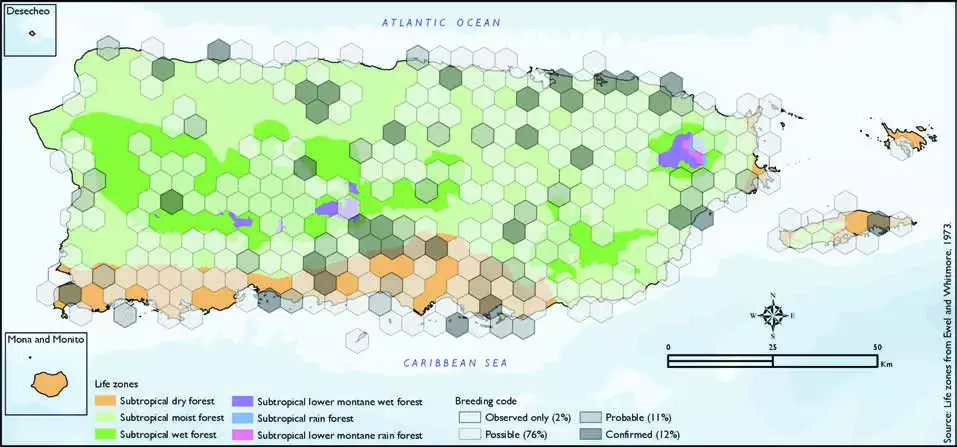Green Heron
Description
The green heron (Butorides virescens) is a small heron of North and Central America. Butorides is from Middle English butor "bittern" and Ancient Greek -oides, "resembling", and virescens is Latin for "greenish".
The green heron is relatively small; adult body length is about 44 cm (17 in). The neck is often pulled in tight against the body. Adults have a glossy, greenish-black cap, a greenish back and wings that are grey-black grading into green or blue, a chestnut neck with a white line down the front, grey underparts and short yellow legs. The bill is dark with a long, sharp point. Female adults tend to be smaller than males, and have duller and lighter plumage, particularly in the breeding season. Juveniles are duller, with the head sides, neck and underparts streaked brown and white, tan-splotched back and wing coverts, and greenish-yellow legs and bill. Hatchlings are covered in down feathers, light grey above, and white on the belly.
Distribution & Habitat
The Green Heron occurs from temperate North America south
to Colombia and Venezuela
including the West Indies
(Raffaele and others 1998),
where it is a common resident
species in Puerto Rico (Oberle
2018) and fairly common on
Vieques (Gemmill 2015). The
Green Heron inhabits freshwater
and saltwater marshes, as well as
ponds, canals, mangroves, stream
borders, ocean shores, and even
gardens (Oberle 2018). The atlas
fieldwork yielded a total of 492
records within 284 hexagons
or 59 percent of the 479 total
hexagons (see map). Of the 284 hexagons where this species
was found, breeding met the
atlas definition of confirmed in
12 percent (33) of the hexagons,
probable in 11 percent (31), and
possible in 76 percent (215),
while the species was observed
in 2 percent (5) of the hexagons
but without evidence of breeding
(see map). Green Heron distribution. The map shows the highest breeding code by hexagon and overlaying the ecological life zones in
Puerto Rico. Note: percentages may not total 100 due to rounding.

Breeding Habits
The Green Heron often nests alone but also in treetop colonies
(Oberle 2018). This species
constructs a platform nest of
twigs in a tree or shrub (Raffaele
and others 1998), usually near
reservoirs, ponds, lagoons, 157Green Heron/Martineterivers, creeks, and streams from the coast to the highest peaks
(J.A. Salguero-Faría, personal
observation 2009). Previously
published reports indicate that
it breeds mostly from April to
August (Raffaele and others
1998). Atlas results indicate that
this species breeds throughout
the year, but most breeding
activity occurs during April,
May, and June (see chart).
Atlas findings show that the
Green Heron breeds within all ecological life zones, but the
most breeding occurs within the
subtropical moist forest life zone
(61 percent of the hexagons),
followed by the subtropical dry
(25 percent of the hexagons) and
subtropical wet forest life zones
(14 percent of the hexagons)
(see table and map).
Conservation
The Green Heron has not yet been assessed by the IUCN Red
List. Locally, this species is not listed in any of the threatened
categories of PRDNER and
USFWS. In Puerto Rico, the
Green Heron has a protected
habitat in land of 9 percent or
633 km2 of the total area covered by the hexagons where evidence
of breeding was found for this
species (6671 km2).
Related Species
Family:
heron